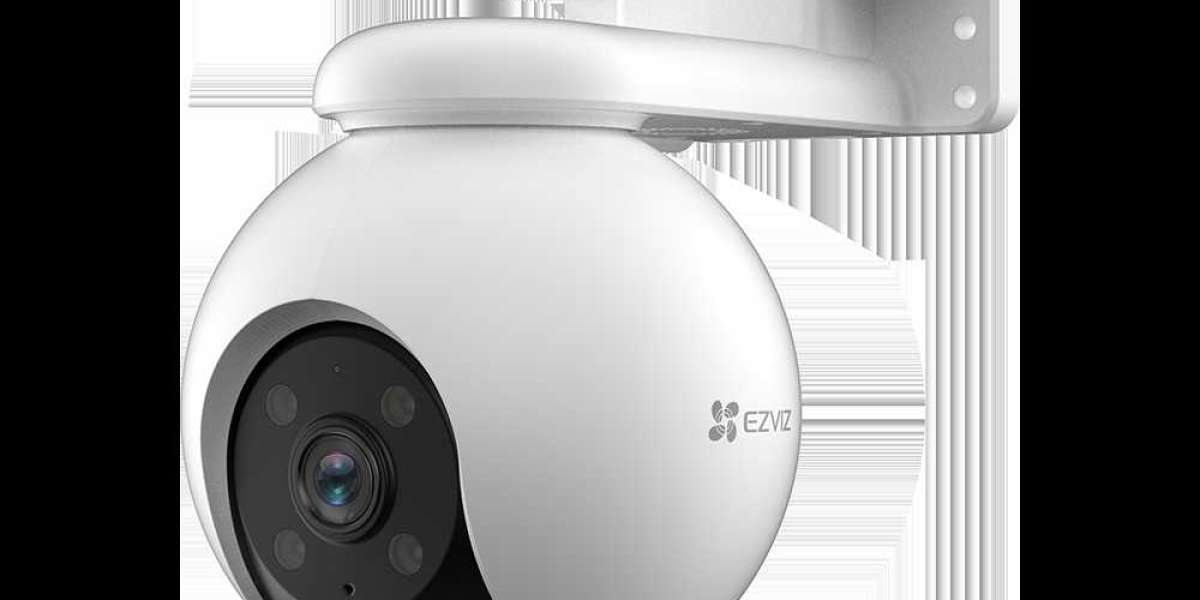Creating a highly effective staff satisfaction review is an essential job for any firm looking to know their employees' sides and increase workplace dynamics. When done right, staff satisfaction surveys provide important insights in to staff comfort, engagement, and places for improvement. In this manual, we shall walk you through the fundamental measures to style a meaningful Staff satisfaction survey that not just catches important data but also drives action to boost the work environment.
1. Define Clear Objectives
Before drafting any issues, it's important to have a distinct knowledge of why you're performing the survey. Defining unique objectives will ensure that the review is purposeful and produces actionable results. Frequent objectives might include:
- Measuring over all job satisfaction
- Pinpointing regions of development in company tradition
- Assessing authority efficiency
- Knowledge staff workload and work-life harmony
By placing distinct goals, you are able to assure that the review remains dedicated to the places that subject many to your organization.
2. Identify Key Themes and Areas of Focus
Once you have established your objectives, it's time for you to recognize the key subjects and places that the review will cover. Below are a few common regions of emphasis for staff satisfaction review:
- Job satisfaction: Are workers pleased with their jobs, responsibilities, and the work setting?
- Management and authority: How do workers experience their managers and authority clubs?
- Payment and benefits: Do workers experience their pay and benefits are aggressive and good?
- Work-life harmony: How well do workers harmony their personal and professional lives?
- Job growth: Are there opportunities for growth, teaching, and advancement?
- Company tradition: How good and inclusive may be the workplace tradition?
Tailoring your issues to these places will assure you protect the key areas of staff satisfaction and engagement.
3. Design Clear and Focused Questions
The next thing is to create distinct, well-structured issues that provide important data. Your issues should be clear to see and dedicated to the particular places discovered in stage 2. You can find two main forms of issues to think about:
Closed-ended issues: These issues have predefined reaction alternatives, such as for example "Firmly Recognize," "Recognize," "Simple," "Differ," or "Firmly Disagree." They're an easy task to analyze quantitatively and help recognize styles and patterns. Like:
- "I'm appreciated by my manager."
- "I am pleased with working out and growth opportunities provided."
Open-ended issues: These let workers to supply more detailed, qualitative feedback. Open-ended issues are important for gathering unique insights and suggestions. Like:
- "What can be performed to improve your job satisfaction?"
- "Do you're feeling your supervisor helps your professional growth? Why or you will want to?"
4. Keep the Survey Short and Focused
Employees are more likely to complete a review if it is brief and to the point. Prevent asking way too many issues or creating the review also lengthy, as this will cause review fatigue and decrease completion rates. Strive for a review which can be done in 10–15 minutes. Prioritize the most crucial issues and just include those that right subscribe to the survey's objectives.
5. Ensure Anonymity and Confidentiality
To obtain sincere, neutral feedback, it's important that workers experience secure and comfortable when responding. Make certain that the review is private and assure workers that their responses will soon be held confidential. This will encourage candid answers, particularly on sensitive and painful subjects such as for example management efficiency or compensation. Communicate clearly that the information will soon be used to create changes, maybe not to identify specific employees.
6. Choose the Right Survey Method
Determining on the best way to administer the review is yet another essential consideration. You are able to spread the review via various programs, with regards to the size of your firm and the tastes of your employees. Possibilities include:
- On the web surveys: Resources like SurveyMonkey, Google Forms, or custom-built review platforms let for quick distribution and analysis.
- E-mail surveys: Sending surveys via e-mail is just a easy and powerful selection for smaller organizations.
- Paper surveys: Using cases, particularly for agencies with restricted usage of technology, paper surveys can still be necessary.
Select the strategy that'll assure the highest participation rate and ease of data collection.
7. Test the Survey Before Full Deployment
Before launching the review organization-wide, test drive it with a tiny number of workers to identify any difficulties with problem understanding or complex glitches. This really is named a "pilot test" and it helps to catch any potential problems that might affect the stability or simplicity of the survey. Question the test party for feedback on the issues, language, and over all review experience. Produce any required changes centered on their input.
8. Distribute the Survey
Now that you have made and tried your review, it's time for you to spread it to all or any staff members. Below are a few strategies for maximizing participation:
- Time: Select an optimum time for you to release the review when workers are least apt to be overwhelmed by different tasks. Prevent busy instances such as for example fiscal year-end or holiday seasons.
- Communication: Send out an introductory e-mail explaining the purpose of the review and why staff feedback is crucial. Be clear about how the information will soon be used.
- Reminders: Deliver periodic pointers to workers who haven't done the review yet. However, ensure never to overcome them with way too many reminders.
9. Analyze the Results
After the review is complete, it's time for you to analyze the data. Begin by reviewing the responses to closed-ended issues, which may be quantified and reviewed for trends. Look for patterns or places that report a higher level of satisfaction or dissatisfaction. For open-ended issues, classify the responses to identify common subjects and suggestions.
Incorporate benchmarking if possible—evaluating your review effects with industry standards or past review data can help you see wherever your firm stands in terms of others and monitor progress over time.
10. Act on the Results
The final and most important stage along the way is using action on the basis of the feedback. The results of your staff satisfaction review should cause concrete improvements and improvements. Here's how to do it:
- Share the outcomes: Communicate the review effects to all or any workers, featuring visibility in regards to the places that want development and acknowledging regions of success.
- Build a motion program: Build an idea that addresses the issues highlighted in the survey. Set distinct objectives for development, designate responsibilities, and collection timelines for implementation.
- Follow-up: After employing improvements, follow-up with workers to ensure the improvements have had an optimistic effect. Perform regular surveys to monitor progress and carry on increasing staff satisfaction.
Conclusion
Developing a highly effective staff satisfaction review involves cautious planning, distinct objectives, and a thoughtful method of problem design. By ensuring the review is brief, targeted, and private, you are able to get important feedback that'll manual changes in your organization. Recall, the actual energy of a staff satisfaction review lies not merely in gathering data, however in functioning on it to make a more employed, productive, and satisfied workforce.






